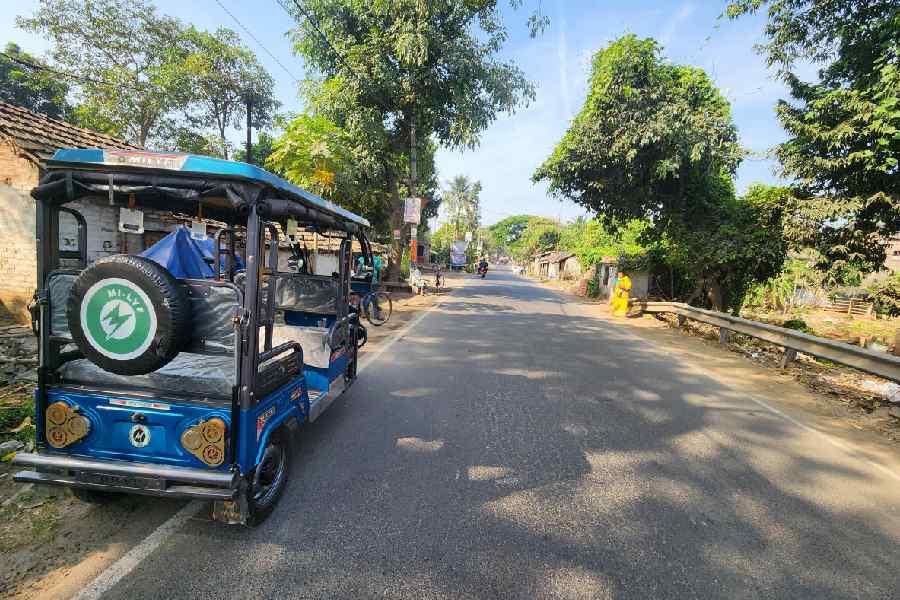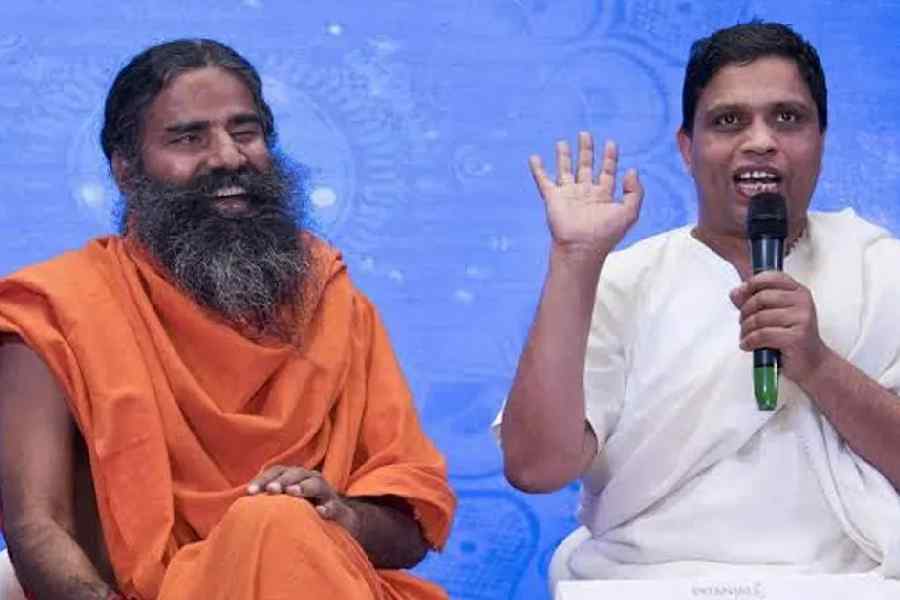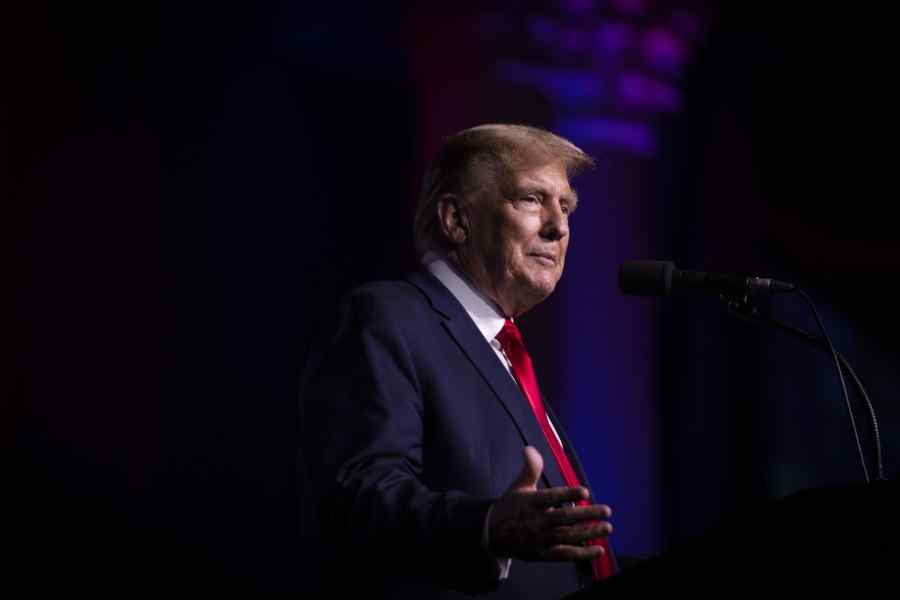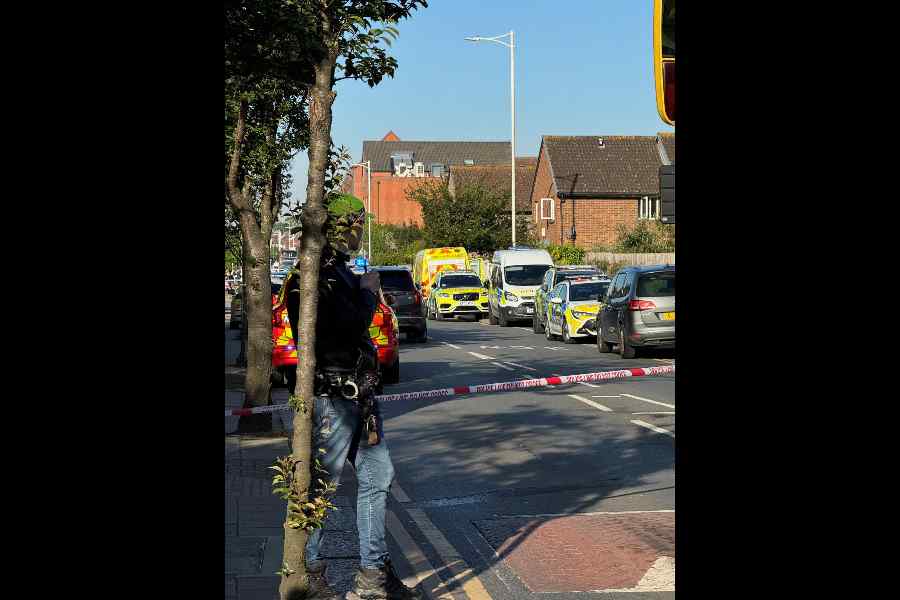The exact story of my birth with all its specifics is not known to me. All I know is that 30 years ago I was an idea, sprung out of someone’s head. Most possibly an engineer by the name of Anil K. Rajvanshi based in Phaltan, a small town near Pune. That would have been the early 1990s. The credit for commercial mass production goes to Vijay Kapoor, another engineer. Both of them are graduates from IIT Kanpur, both grew up in the Other India, the rural India.
Over the next couple of decades, my lot multiplied and spread, first through the streets of New Delhi, and then in various places in northern and eastern India. The idea was to provide last mile connectivity. All those stretches where buses wouldn’t ply and rickshaws were scarce and autos didn’t run. In Bengal too, in Jiagunj, Majdia, Bankura, Purulia…
The official family name was electric rickshaw, but it did not stick beyond officialese. What stuck are the endearments — TomTom, TukTuk, ToTo. According to some estimates, there are currently around 20-25 lakh of us on the roads and about 15,000 new ones join the fleet every year.
The people, they love me because I ease their troubles at an affordable cost. The environmental experts love me too — no emissions, no pollution and all of that. Papers are written and presentations made hailing me and my lot as harbingers of a shift to green mobility, completely homegrown and people-driven with minimum intervention of any government or private organisation.
Critics, however, argue that my chief source of energy remains coal, which is the dirtiest of fossil fuels. The logic being, recharging my batteries requires power generated by plants fuelled by coal.
All this talk of clean energy and not-so-clean energy eludes me beyond a point. I understand people, their emotions, their stories.
My existence, my burgeoning has been the reason for the partial or full-time employment of many. Yes, many young Indians who would have otherwise turned into daily wagers are now driving e-rickshaws and this includes many women. The women — I have heard them say — find it easy to drive me. I am not as expensive to purchase as a taxi, an auto-rickshaw or a motorised van. The running cost too is way less compared to something that runs on LPG, CNG, petrol or diesel. You need no driving lesson, no driver’s licence. Driving me is easier than driving a cycle; just turn the switch on and I trundle on effortlessly. Steering me on the road is also quite easy.
An entire ancillary industry has developed with me at the centre of things. So, more jobs. Many people have opened spare part manufacturing hubs and repair shops for us across the country. I have a robust support system and huge chains of caregivers for me in rural and semi-urban India.
Not all has been smooth sailing though. To be a new entrant, a low-key new entrant on roads busy with older and accepted modes of transport is not easy. I wonder what the rickshaw pullers make of me. The auto-rickshaw drivers are more vocal, more belligerent about my existence, leave little to imagination. Not that any of it is not understandable; after all it is these modes of transport that I have replaced in many stretches. But some of them, a small fraction who could afford it, made the shift and became toto drivers.
Cars are the big bullies of Indian roads. They have never considered my kind kosher. There are 32.7 crore cars on Indian roads and there are 20-odd lakh of us in all, and yet car drivers will have you believe that we are a hindrance to the smooth flow of traffic.
Our movement is banned on highways and many key roads of cities meant for VIP movement. We were also perceived as a menace by traffic police as there was no regulation to govern our movement. Then in March 2015, Parliament passed an amendment to the Motor Vehicles (Amendment) Bill, making us — e-carts and e-rickshaws — legal. In other words, one can now use us to ferry goods or passengers without any legal hassles. In many states, we boast number plates given to us by regional transport offices. Now, that’s a big win.
There are other issues. It takes about nine to 10 hours to get me fully charged; and once charged I can cover 100 to 150 kilometres. Many of those who own us live in unauthorised neighbourhoods that lack permits for proper electricity supply. This means recharging the vehicles happens using illegal electricity connections and this strains the official power grid. To solve the problem, some entrepreneurs have been developing quick charging stations.
But because I am owned and driven by individuals from a certain social and economic strata, my ilk is bullied by the more powerful lobbies in the automobile fraternity. I have no doubt that upwardly mobile Indians consider me somewhat of an oddity. That said, I have been embraced wholeheartedly by many others. When these weary travellers arrive at a crossroad, a railway station or a bus stop and spot me, the relief writ large on their faces every day, day upon day, is priceless. I know then that I have delivered on my promises, something few can claim in today’s India.










